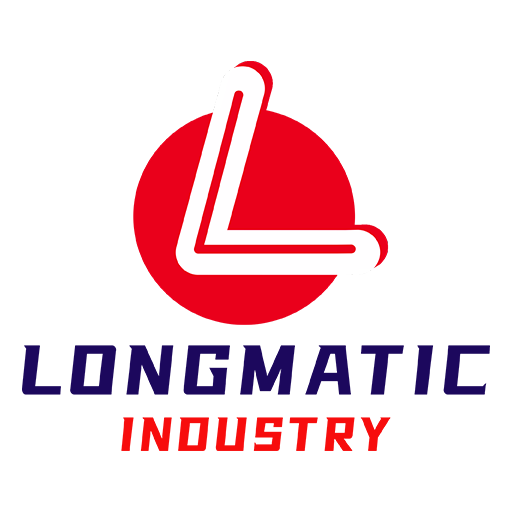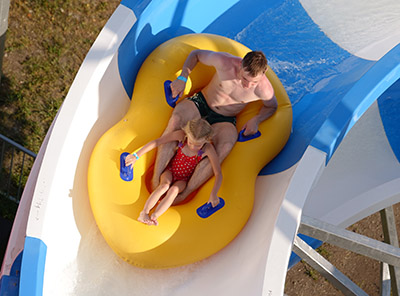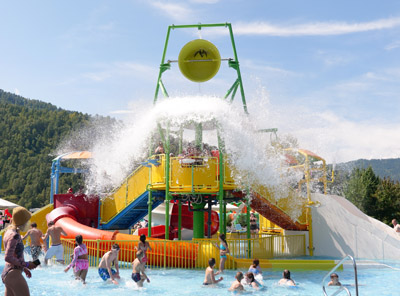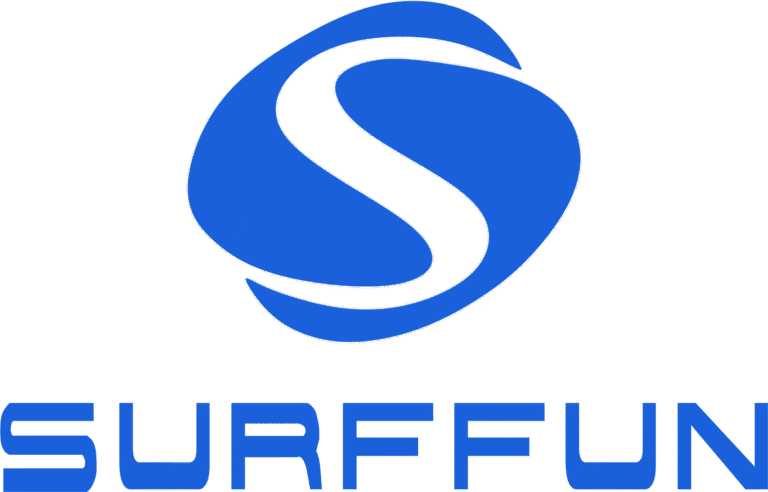The Essential Process of Designing a Water Park: From Concept to Construction
Creating a successful water park involves a structured approach that balances creativity, safety, and functionality. Below is a step-by-step breakdown of the design process, covering key stages and considerations.
Initial Planning and Feasibility Analysis
1. Market Research and Audience Targeting
Begin by analyzing local demographics, tourism trends, and competitor offerings. Identify gaps in the market, such as a lack of family-friendly attractions or thrill-focused rides. Survey potential visitors to understand their preferences for ride types, theming, and amenities. This data will shape the park’s unique selling points and pricing strategies.
2. Site Selection and Environmental Assessment
Choose a location with adequate space, accessibility, and natural advantages like gentle slopes or existing water sources. Evaluate soil stability, flood risks, and climate patterns to avoid operational disruptions. Conduct environmental impact studies to ensure compliance with local regulations, such as protecting wetlands or minimizing noise pollution for nearby communities.
3. Budgeting and Resource Allocation
Outline financial constraints early, including land acquisition, construction, and licensing costs. Allocate funds for essential infrastructure like water treatment systems, energy-efficient lighting, and emergency services. Factor in contingencies for unexpected delays or design revisions.
Conceptual Design and Theming Development
1. Creative Vision and Storytelling
Define a cohesive theme that resonates with the target audience, such as a tropical paradise, pirate adventure, or mythical kingdom. Use architectural elements, landscaping, and music to reinforce the narrative. For example, a jungle-themed area might feature rock formations, dense foliage, and animal-shaped slides.
2. Ride and Attraction Layout
Sketch a preliminary map to organize attractions by intensity and age group. Place high-capacity rides like wave pools or lazy rivers near entrances to distribute crowds evenly. Position thrill slides away from quieter zones to prevent noise conflicts. Ensure pathways are wide enough for strollers and wheelchairs, with clear signage for navigation.
3. Safety and Accessibility Integration
Incorporate safety measures into the design from the outset. For instance, install non-slip surfaces around pools, use contrasting colors to mark depth changes, and design lifeguard towers with unobstructed views. Include ramps, tactile guides, and quiet areas for visitors with disabilities. Collaborate with safety experts to review plans against industry standards.
Technical Design and Engineering
1. Structural and Mechanical Systems
Partner with engineers to design ride foundations, water circulation networks, and filtration systems. For slides, calculate optimal angles, speeds, and water flow rates to ensure both excitement and safety. Use 3D modeling software to simulate crowd movement and identify potential bottlenecks.
2. Water Management Strategies
Plan for efficient water use by incorporating recycling systems that treat and reuse water for non-potable purposes like irrigation. Design drainage solutions to prevent flooding during heavy rain. Specify materials resistant to corrosion and UV damage to extend the lifespan of structures.
3. Sustainability Features
Reduce environmental impact by using renewable energy sources like solar panels for heating pools or powering lighting. Opt for native plants in landscaping to lower irrigation needs. Implement waste sorting stations and ban single-use plastics to promote eco-friendly practices among visitors.
Approval and Construction Phases
1. Regulatory Compliance and Permits
Submit detailed plans to local authorities for approval, addressing zoning laws, building codes, and health regulations. Secure permits for construction, water usage, and noise levels. Engage legal advisors to navigate complex licensing requirements, such as insurance for ride operators.
2. Contractor Selection and Project Management
Hire experienced contractors specializing in water park construction. Establish clear timelines and quality benchmarks for each phase, from excavation to ride installation. Conduct regular site inspections to ensure adherence to safety protocols and design specifications.
3. Staff Training and Pre-Opening Preparations
Develop training programs for lifeguards, maintenance crews, and customer service teams. Test all rides and systems thoroughly before opening, including emergency shutdown procedures. Create marketing materials like brochures and social media campaigns to generate buzz ahead of the launch.
By following this structured process, water park designers can create spaces that are both thrilling and sustainable, ensuring long-term success and visitor satisfaction.






